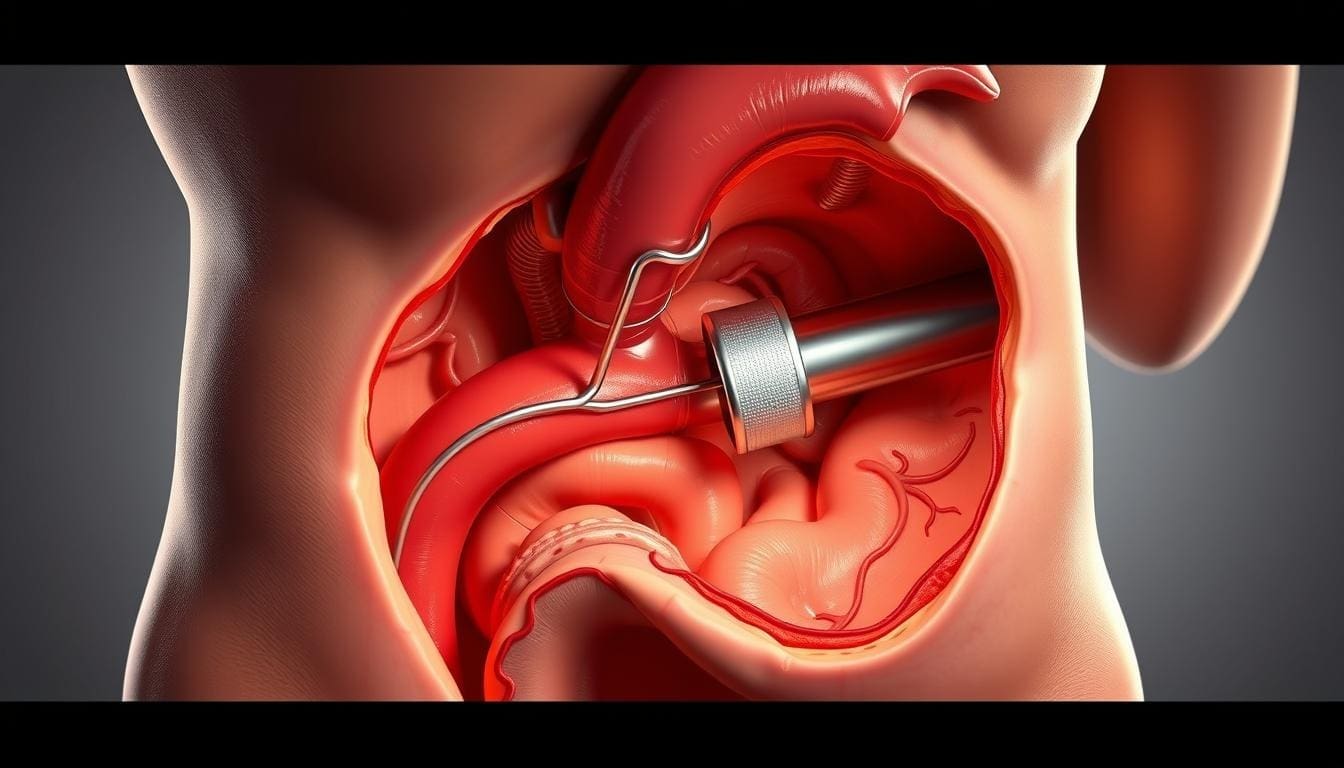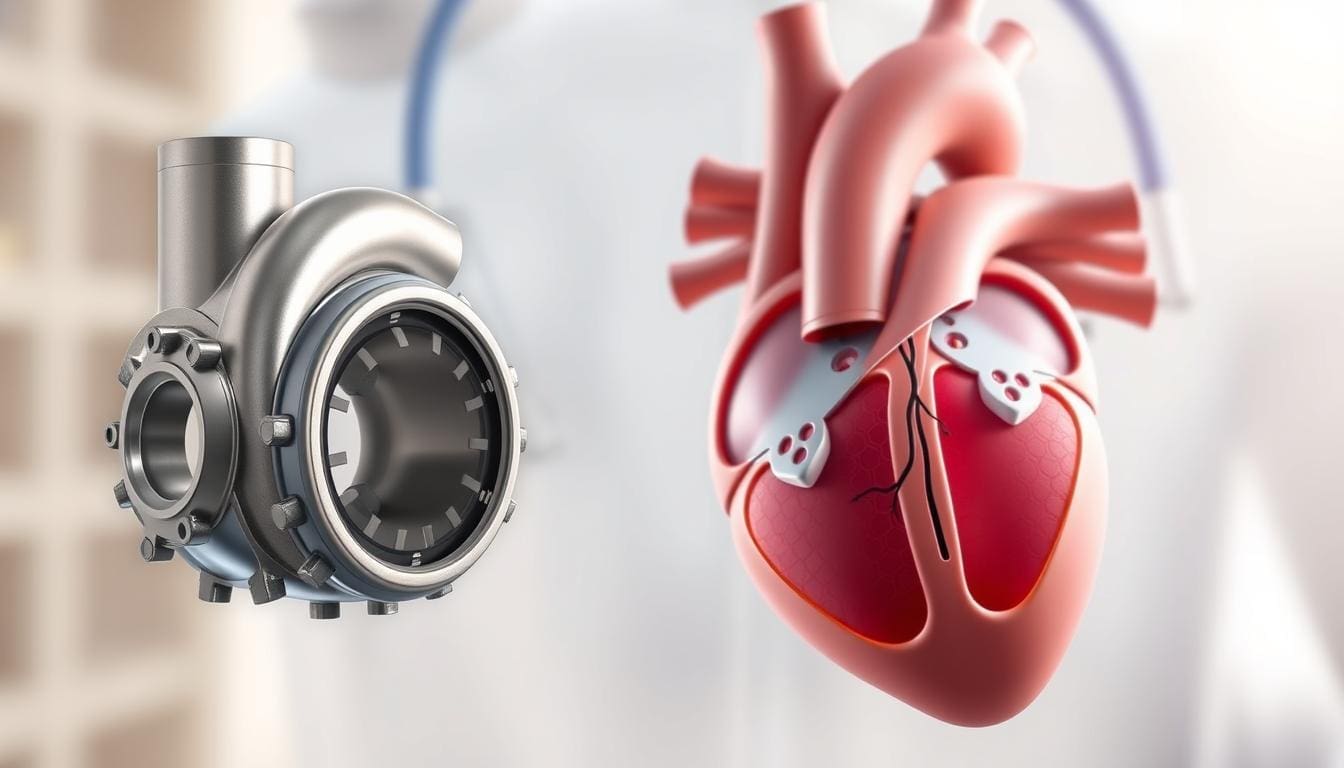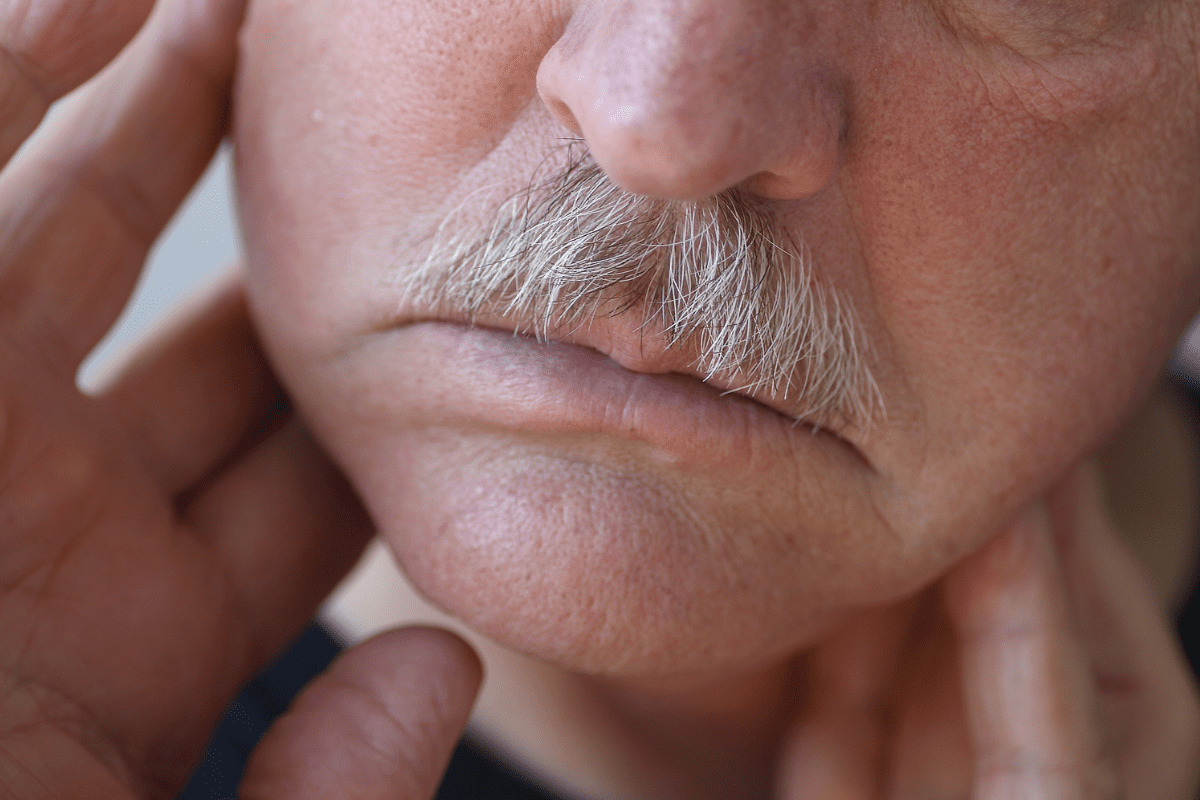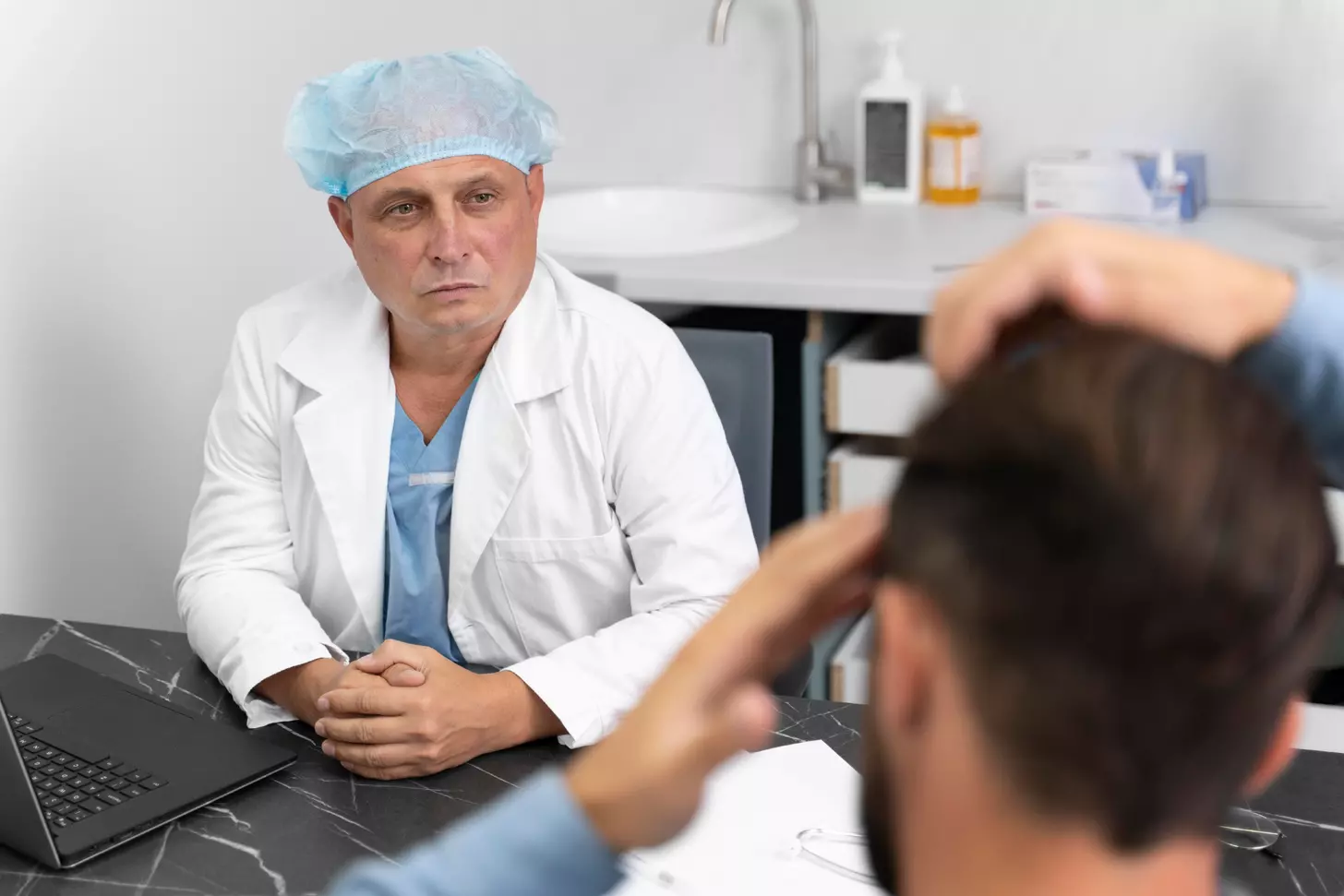Last Updated on November 27, 2025 by Bilal Hasdemir
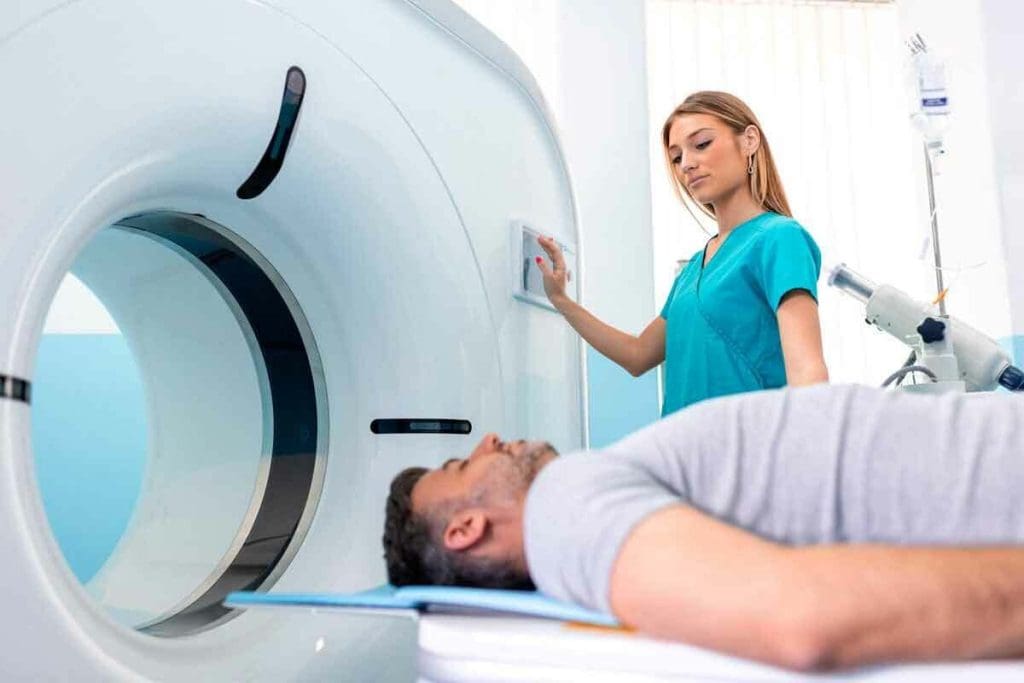
Getting a PET scan can make you nervous. At LivHospital, we get it. PET scans do not hurt”they are non-invasive and painless. You may feel a small pinch when the radioactive tracer is injected, which helps us see inside your body. The scan itself is pain-free and takes about 30 minutes. This answers the common question, “do PET scans hurt?”
It’s important to follow your doctor’s advice for clear images. You might need to fast before the scan. Experts say you should not eat or drink for six hours before, except for plain water. We’ll help you know what to expect, how long it takes, and what to prepare.
Key Takeaways
- PET scans are painless and non-invasive.
- The total appointment time for a PET/CT scan is about 2 hours.
- The PET/CT scan itself typically lasts 30-60 minutes.
- Dietary preparations, such as fasting, are key to clear images.
- Limit physical activity for 24 hours before the exam.
Understanding PET Scans: What They Are and Why They’re Performed
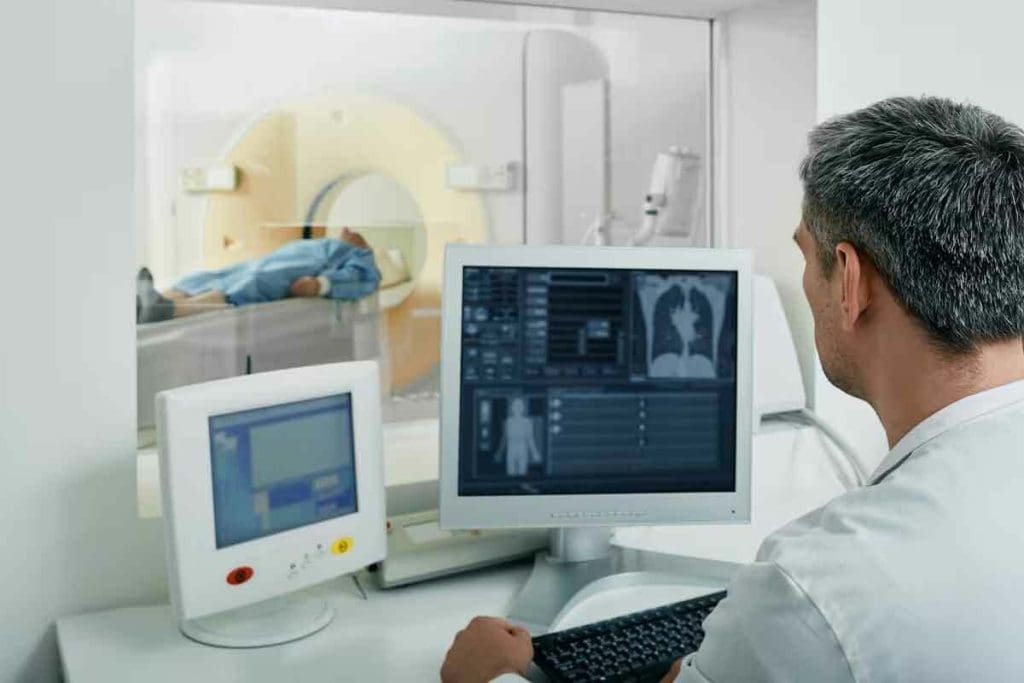
Positron Emission Tomography (PET) scans are advanced tools for checking how the body works. They use a tiny bit of radioactive tracer to spot where things are not normal. This is key to finding cancer, neurological disorders, and cardiovascular disease.
This tech has changed how doctors diagnose and treat patients. It helps them find the right treatment faster.
The Science Behind PET Scanning Technology
PET scans work by catching the energy from the tracer. The tracer goes to places where the body is very active. The PET scanner then makes pictures of these active areas.
Common Medical Conditions Requiring PET Scans
PET scans help with many health problems. Here are some examples:
- Cancer diagnosis and staging.
- Neurological disorders such as Alzheimer’s disease.
- Cardiovascular disease assessment.
| Medical Condition | PET Scan Application |
| Cancer | Diagnosis, staging, and monitoring treatment response |
| Neurological Disorders | Assessing disease progression and brain activity |
| Cardiovascular Disease | Evaluating heart function and the ability of heart tissue |
Do PET Scans Hurt? The Truth About Discomfort During the Procedure
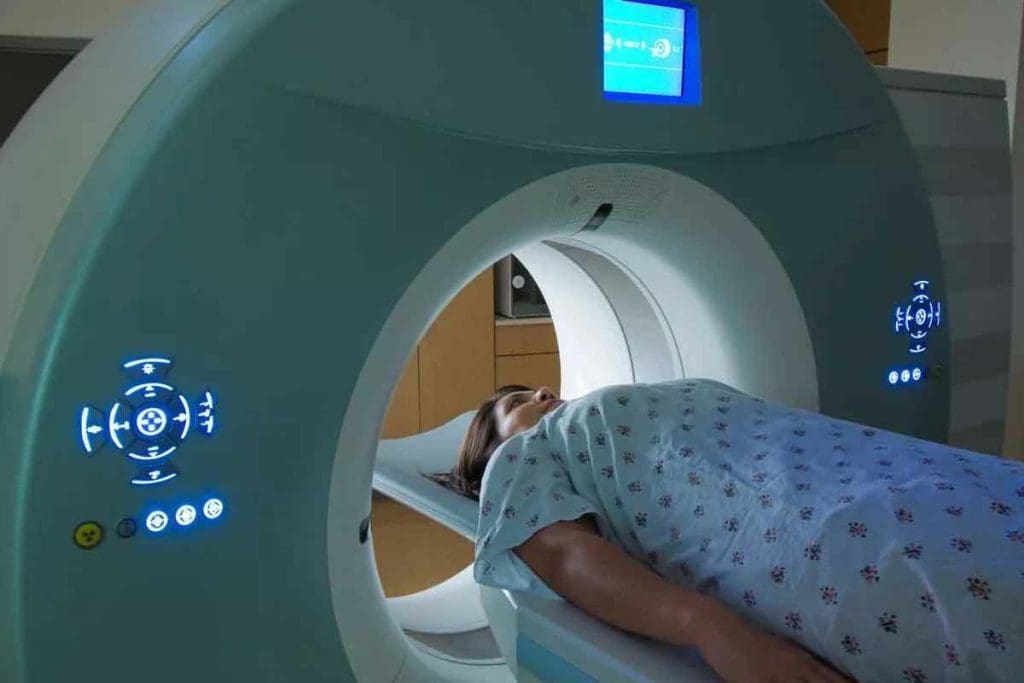
Many patients wonder if PET scans hurt. We’re here to clear up what you can expect. The thought of getting a PET scan can be scary, and worries about pain are normal.
Don’t worry, PET scans are designed to be painless. The process includes a radioactive tracer injection, which might feel like a tiny pinch. But this feeling is short-lived and not too bad. Our team is ready to make you as comfortable as possible during the injection.
The Injection Experience: Minimal Discomfort
The injection part is usually the most uncomfortable, but it’s not bad. The tracer goes into a vein in your arm. You might feel a quick sting or pinch. But this feeling goes away fast.
Lying Still: The Main Challenge of PET Scans
While the scan itself is painless, lying on the table can be hard for some. Staying calm and not moving is key to clear images. Our team will help you relax and stay comfortable.
If you’re worried about lying down or have other concerns, talk to your healthcare provider. They can help and support you to make the experience easier.
Preparing for Your PET Scan: A Step-by-Step Guide
Knowing how to prepare for a PET scan is key to its success. It involves several important steps. These steps help make sure the scan works well and gives accurate results.
Preparation is essential for clear and useful PET scan images. This guide will help you know what to do before your scan.
What to Tell Your Doctor Before Scheduling
Tell your doctor about your medical history before the PET scan. Include any medications and allergies. Some drugs might need to be changed or stopped before the scan.
Discuss these with your doctor:
- Any medications you’re taking, including supplements and vitamins
- Any allergies, especially to the tracer used in PET scans
- Your medical history, including diabetes, kidney disease, or any other conditions that may affect the scan
- If you’re pregnant or breastfeeding
A Famous expert, a radiologist, says, “It’s important for patients to share their medical history. This ensures the PET scan is safe and effective.”
“Patients should feel comfortable discussing their medical history with their healthcare provider to ensure the best possible outcome for their PET scan.”
Medications and PET Scans: What You Need to Know
Some medications can impact your PET scan results. For example, diabetic patients might need to adjust their meds before the scan. Also, tell your doctor about any recent medical procedures or treatments.
| Medication Type | Action Required |
| Diabetic medications | Adjust dosage or timing |
| Certain antidepressants | Possibly stop or adjust dosage |
| Other medications | Consult your doctor for specific advice |
Clothing and Accessories: What to Wear
Wear loose, comfy clothes on the day of your PET scan. Avoid metal items like jewelry, zippers, or clips. They can mess with the scan. You might need to change into a gown.
Also, skip using lotions, creams, or perfumes on the scan day. They can mess with the imaging process.
By following these steps and guidelines, you can make sure your PET scan goes smoothly. This will help get the best results for your health care plan.
Dietary Restrictions: What Can You Eat Before a PET Scan?
Before a PET scan, it’s key to follow certain dietary rules. These rules help the tracer work better, making the scan images clearer.
General Fasting Guidelines for PET Scans
Patients usually need to fast before a PET scan. The fasting time can change based on the scan type and your doctor’s advice. You might need to fast for 4 to 6 hours. Just drink water during this time.
Foods to Avoid Before Your Scan
Some foods can mess up the scan results, like those with a lot of sugar and carbs. Stay away from:
- Sugary foods and drinks
- High-carbohydrate foods like bread, pasta, and sweets
- Caffeine and caffeinated beverages
Not eating these foods ensures the tracer works right, giving you better images.
Hydration Requirements
Drinking water is very important before, during, and after the scan. It helps the tracer spread out and get rid of it. Drink water as you normally do on the scan day, unless your doctor tells you not to.
| Dietary Requirement | Guideline |
| Fasting Period | Typically 4 to 6 hours |
| Foods to Avoid | Sugary foods, high-carbohydrate foods, caffeine |
| Hydration | Drink plenty of water |
By sticking to these dietary rules, you help make sure your PET scan is a success. This leads to better diagnoses and treatment plans.
Special Diet Considerations for Cancer PET Scans
When you’re getting ready for a cancer PET scan, what you eat is very important. It helps make sure the scan works well. The goal is to find cancer cells by controlling what affects the scan.
Why Cancer PET Scans Require Stricter Dietary Control
Cancer PET scans need careful eating because they check how active cancer cells are. Eating some foods or drinks before can change the scan’s results. This might lead to wrong diagnoses. Foods high in sugar and carbs can mess with the scan’s tracer, making it tough to spot cancer.
To get the best scan results, patients often eat less sugar and carbs before the test. This helps the tracer stick to cancer cells better. This way, the images are clearer.
Sample Pre-Scan Diet Plan for Cancer Patients
A sample diet plan for cancer patients before the scan includes:
- Avoid sugary drinks and foods
- Less carbs like bread and sweets
- Eat more protein from meat and fish
- Add veggies and healthy fats
- Drink lots of water
It’s key to follow your doctor’s or the PET scan center’s diet advice. They might have special rules for you based on your needs and the scan type.
By sticking to the diet plan, patients help make sure their PET scan is accurate. This is important for their diagnosis and treatment.
Why Rest Before a PET Scan Is Crucial
Understanding the need for rest before a PET scan is key to the best results. Resting before a PET scan is not just about feeling calm. It’s essential for getting accurate scan results.
The Connection Between Physical Activity and Tracer Absorption
Physical activity can change how your body absorbs the radioactive tracer. Active muscles use more glucose, which can mess up the tracer’s spread. This can make the scan images less clear.
Resting before your scan helps the tracer absorb correctly. This leads to clearer, more accurate images.
Recommended Rest Period Before Your Appointment
The rest time needed varies based on your doctor’s advice. Usually, you’re told to rest for at least 24 hours before the scan. Try to avoid hard activities and move less than usual during this time.
Key guidelines to follow during the rest period include:
- Avoiding vigorous exercise or strenuous activities
- Limiting unnecessary movement or travel
- Getting plenty of rest
By sticking to these tips, you can make sure your PET scan results are as precise as they can be.
How Long Does a PET Scan Take? Complete Timeline Breakdown
Knowing how long a PET scan takes can help ease your worries. The time needed includes getting ready, waiting for the tracer to work, and the scan itself.
Preparation Time at the Facility
When you arrive, you’ll need to get ready. This means changing into a gown and removing any metal items. Try to get there 30 to 60 minutes early to do this.
Tracer Absorption Period
After the tracer is given, you’ll wait for it to spread through your body. This can take 30 to 60 minutes, depending on the scan. You might relax in a quiet room during this time.
Actual Scanning Duration for Different Body Parts
The scan time varies based on what’s being checked. A PET scan usually lasts 30 to 60 minutes. Here’s a quick guide:
- Whole-body PET scan: 30 to 60 minutes
- Brain PET scan: 20 to 30 minutes
- Cardiac PET scan: 30 to 60 minutes
So, plan to spend about 2 to 3 hours at the facility. This includes getting ready, waiting for the tracer, and the scan itself.
Managing Claustrophobia and Anxiety During Your PET Scan
Getting a PET scan can be scary, even more so for those with claustrophobia or anxiety. PET scanners are less crowded than MRI machines, but they can make you feel uneasy. We’ll talk about how PET scanners differ from MRIs and share ways to handle anxiety during the test.
Design Differences Between PET Scanners and MRIs
PET scanners and MRI machines are used for imaging, but they look different. PET scanners are more open and less tight than MRI machines. This is good news for people with claustrophobia.
Key differences include:
- PET scanners have a bigger hole, making them feel less cramped.
- The PET scan process is faster than an MRI.
- PET scans need less strict holding, making you more comfortable.
Coping Techniques for Anxiety During the Procedure
For those with anxiety or claustrophobia during PET scans, there are helpful ways to cope. These include:
| Coping Technique | Description |
| Deep Breathing Exercises | Helps calm the mind and body, reducing anxiety. |
| Visualization | Patients imagine themselves in a calm, safe place. |
| Communication | Telling the technologist about your anxiety can get you more help. |
Talking to your doctor before the scan is also smart. They can help you manage your anxiety and suggest more ways to cope.
Knowing how PET scanners differ from MRIs and using good coping strategies can help you deal with claustrophobia and anxiety during PET scans.
What Happens After Your PET Scan Is Complete
When your PET scan is done, a new phase starts. You’ve finished the scan, and now you need to know what’s next. It’s important to understand what happens as you move forward.
Immediate Post-Scan Experience
Right after your PET scan, you’ll be watched for a bit. This is to make sure you’re okay and there are no bad reactions to the tracer. You might be told to drink lots of water to get rid of the tracer.
Key actions to take immediately after the scan include:
- Drinking plenty of water aids in the elimination of the tracer
- Following any specific instructions provided by your healthcare team
- Monitoring your body for any unusual reactions or side effects
How You Might Feel After a PET Scan
Most people can go back to their usual activities soon after a PET scan. But you might feel tired or have a strange taste in your mouth because of the tracer. These feelings are usually mild and don’t last long.
It’s important to remember that some people might react to the tracer or the injection. If you feel uncomfortable, dizzy, or have other bad symptoms, tell your doctor right away.
Resuming Normal Activities
Going back to normal after a PET scan is usually easy. But it’s good to follow some rules to stay safe and feel better.
| Activity | Guideline |
| Hydration | Drink plenty of water to help eliminate the tracer |
| Physical Activity | Resume normal physical activities as advised by your healthcare provider |
| Diet | Return to your normal diet unless other instructions |
By following these tips and knowing what to expect after your PET scan, you can have a smooth recovery. You’ll be ready to talk about your results with your doctor.
After PET Scan Care: Best Practices for Recovery
Proper care after a PET scan is key to getting rid of the radioactive tracer. Follow these guidelines for a safe and easy recovery.
Hydration and Tracer Elimination
Drinking lots of water helps your body get rid of the tracer. Aim for 8 to 10 glasses of water in the 24 hours after your scan. This can make a big difference.
Avoid drinks like caffeine and alcohol for a few hours after. They can slow down your body’s efforts to clear the tracer. For more tips on staying hydrated.
When to Contact Your Doctor Post-Scan
Complications from a PET scan are rare, but knowing when to call for help is important. If you feel dizzy, have a severe headache, or trouble breathing, call your doctor right away.
If you’re worried about how you’re feeling or notice any odd side effects, reach out to your doctor. They can give you advice and reassurance based on your situation.
| Post-Scan Care Activity | Recommendation | Benefits |
| Hydration | Drink 8-10 glasses of water in 24 hours | Aids in tracer elimination |
| Avoid Diuretics | Limit caffeine and alcohol for a few hours | Enhances tracer elimination |
| Monitor Health | Watch for unusual symptoms | Ensures timely medical intervention if needed |
By following these tips, you can make your PET scan recovery smoother. If you have any questions or concerns, always talk to your healthcare provider.
Conclusion: Understanding Your Results and Next Steps
Getting your PET scan results is a big moment in your health journey. It’s key to understand what the results mean and what comes next. Your doctor will explain the images and talk about what they found. They will tell you what to do next.
In this article, we walked you through getting ready for a PET scan, the scan itself, and what to do after. Now, as you wait for your results, remember your doctor will give you specific advice. This advice will be based on your scan’s findings.
The steps after a PET scan can change based on your health and the scan’s results. Your doctor will suggest the best next steps. This might include more tests, treatment, or follow-up visits. Knowing what’s next can make you feel more in control and ready to help with your care.
Being informed and ready can make you feel more confident. If you have questions or worries about your PET scan results or what’s next, talk to your doctor. They can help clear things up and offer support.
FAQ
Does a PET scan hurt?
No, PET scans are designed to be painless. You might feel a slight pinch when the tracer is injected. But this discomfort is minimal and temporary.
What can I eat before a PET scan?
Before a PET scan, you’ll likely be asked to fast for a while. You should avoid foods high in sugar and carbs. Drinking plenty of water is also important.
How long does a PET scan take?
The time it takes includes preparation, the tracer absorption period, and scanning. Scanning time varies based on the body part scanned.
Why is rest recommended before a PET scan?
Resting before a PET scan is key. Physical activity can affect how the tracer is absorbed. This can impact image quality.
Can I eat before a PET scan for cancer?
For cancer scans, following a strict diet is important. You’ll need to eat foods low in sugar and carbs. This helps detect cancer cells accurately.
How do I manage claustrophobia during a PET scan?
PET scanners are less enclosed than MRI machines. But you might feel uneasy. Our team can help with anxiety management techniques.
What happens after my PET scan is complete?
After your scan, you can quickly return to normal activities. Drinking plenty of water helps your body get rid of the tracer.
What are the best practices for post-PET scan care?
Drinking lots of water is essential. It helps your body get rid of the tracer after the scan.
What is the next step after a PET scan?
Your doctor will analyze the images and discuss the results with you. They will outline your next steps in care.
How long does it take to get a PET scan?
The time includes preparation, tracer absorption, and scanning. Scanning time varies by body part.
Can I resume normal activities immediately after a PET scan?
Yes, you can usually go back to normal activities quickly after a PET scan. Just make sure to follow the post-scan guidelines for your safety and comfort.
References
- Combes, A. D., et al. (2022). PSMA PET-CT in the Diagnosis and Staging of Prostate Cancer. Cancers, 14(21), 5271. https://www.ncbi.nlm.nih.gov/pmc/articles/PMC9689635/


